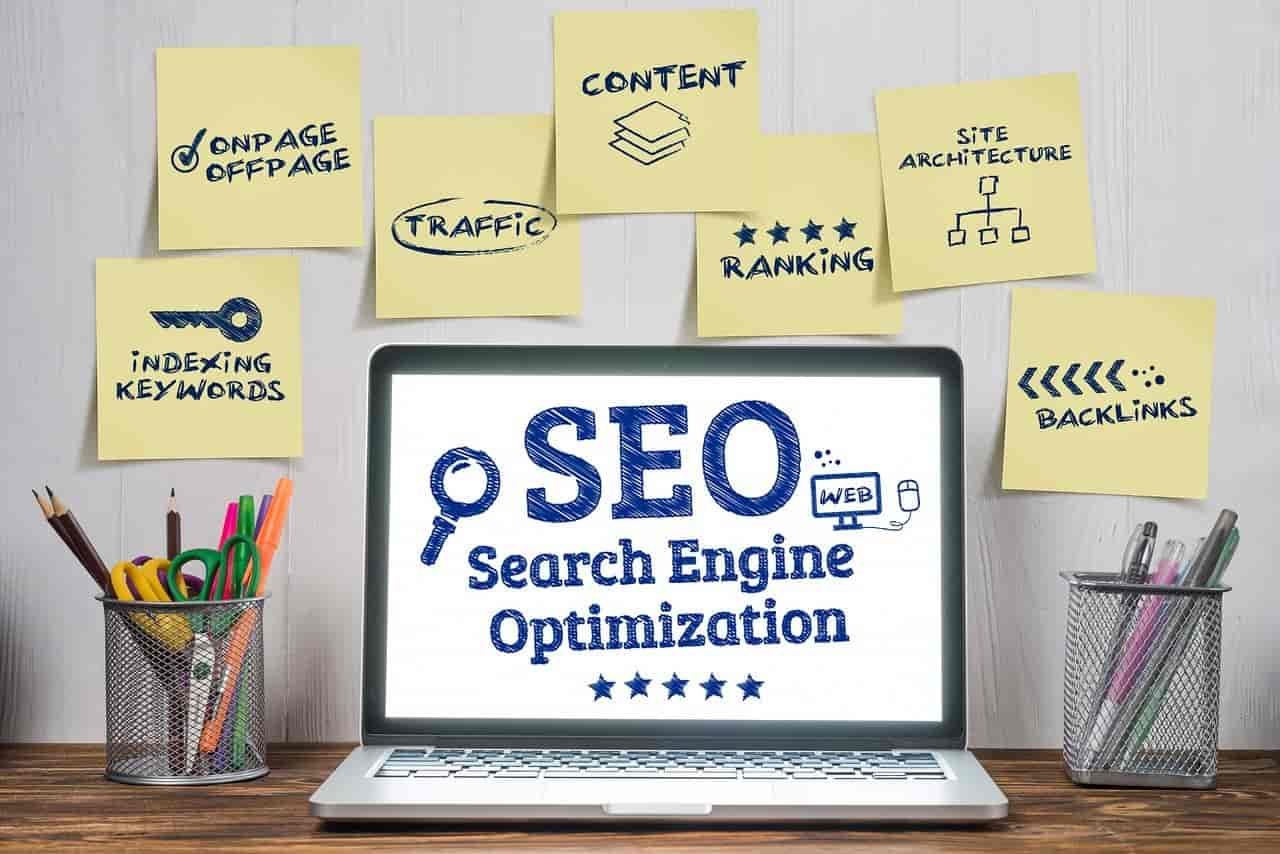ChatGPT is a new natural language processing (NLP) technology that has the potential to revolutionize how humans interact with machines. This technology provides an interface for people to communicate naturally and ask questions in their own words without learning specific commands or syntaxes. ChatGPT can understand when users ask direct questions and provide contextual answers accordingly. It also utilizes machine learning algorithms to continually improve its understanding of user input based on previous conversations and interactions.
ChatGPT aims to make it easier for people to find information online quickly, accurately, and efficiently without needing advanced technical knowledge or skills. With this type of NLP, users can get accurate responses from computers faster than ever before. Plus, they don’t need to worry about incorrect results due to typos or misunderstood phrases, as ChatGPT understands context and ambiguity better than traditional methods.
This article will explore ChatGPT, how it works, and some potential applications for this revolutionary new technology. We will discuss some of the advantages of using ChatGPT over other forms of NLP technologies used today and look into the future implications that this powerful tool could have on our lives.
Definition of ChatGPT:
ChatGPT is an AI-based technology that enables natural conversation with a chatbot. It was developed by OpenAI, a research laboratory based in San Francisco, California. ChatGPT uses the same underlying GPT-3 model as its parent company to generate coherent conversations from user inputs and provides relevant and personalized responses.
The technology works by taking input data, such as text or speech, and using it to create conversational content that simulates how humans interact. The AI algorithms learn from previous interactions and understand the conversation context while providing appropriate answers to questions. That makes ChatGPT more reliable than traditional automated communication methods like rule-based bots.
Overview Of Technology:
ChatGPT is a natural language processing (NLP) model based on the transformer architecture that provides an efficient way to generate text. It was developed by OpenAI and was first released in November 2020. ChatGPT allows users to interact with it through conversation and ask questions about their tasks. The model is trained on large datasets of conversational data and can generate responses or complete conversations autonomously.
The technology works by taking input from the user, analyzing it using its deep learning algorithms, and then generating a response. This process involves breaking down each sentence into individual words and understanding how they relate to one another based on context. ChatGPT also considers prior conversations between the user and the system when generating its output. With this capability, the model can learn over time as more interactions are made between the user and the machine, allowing for more personalized conversations.
Components Of The System:
ChatGPT is a natural language processing system that facilitates conversations between chatbot and human participants. It consists of two components: the conversational engine and the machine learning component. The former enables users to interact with the bot through natural language commands, while the latter processes user input to generate relevant responses from the conversation partner.
The conversational engine is responsible for managing dialogue by interpreting spoken or written text and responding appropriately to different types of user requests. This component also considers context when parsing data so that it can respond accordingly. In addition, this component keeps track of ongoing conversations, allowing both parties involved to continue their discussion without having to start over every time they communicate.
The machine learning component uses supervised deep neural networks and reinforcement learning algorithms to train itself on previously encountered conversations to provide accurate responses tailored to each user’s personality, preferences, and interests. By leveraging these technologies, ChatGPT can maximize efficiency when engaging in conversations and offer quality user interactions.
Features of ChatGPT:
ChatGPT is a chatbot-based natural language processing (NLP) technology that provides an AI-driven everyday experience to users. It uses deep learning algorithms to understand and respond to user queries in real-time, enabling it to provide an interactive dialogue between the user and the machine. ChatGPT can be used for various purposes, such as customer service, virtual assistance, product recommendations, etc.
ChatGPT has several features which make it robust and easy to use. Its artificial intelligence engine allows it to learn from user conversations and build conversational skills over time. That means the bot will become smarter each time it speaks with someone, allowing it to give better answers based on previous conversations.
Secondly, its natural language understanding capabilities allow it to recognize the intent behind user questions and generate responses accordingly.
Finally, its automated response generation feature enables quickly responding to incoming messages without requiring manual intervention from developers or operators. These features combined create a highly efficient conversation system for any application scenario requiring automated interaction.
Application Areas of ChatGPT:
ChatGPT is a natural language processing (NLP) system that responds to text-based queries. It uses an artificial intelligence technology called deep learning to respond to human-like conversations. ChatGPT can be used for various application areas such as customer service, e-commerce, and marketing automation.
ChatGPT can provide automated responses to frequently asked questions or customer inquiries in customer service. It will help reduce the burden on support staff while quickly providing highly accurate answers to users. In addition, ChatGPT can be trained with specific data sets explicitly tailored to each organization’s needs. That allows organizations to customize their customer service experience according to industry and business goals.
E-commerce businesses have also successfully used ChatGPT for product recommendations and interactive shopping experiences. By leveraging its ability to process large amounts of data quickly and accurately, ChatGPT can recommend products based on user preferences and previous purchases. Additionally, it has the potential to automate much of the checkout process by predicting what items buyers are likely interested in purchasing and guiding them through the transaction without needing constant input from humans.
By incorporating conversational AI into many different areas of business operations, companies can increase efficiency while improving customer satisfaction levels at the same time. Through its intuitive capabilities, ChatGPT enables businesses to access more comprehensive insights about customer behaviour that would otherwise remain hidden if done manually or with traditional analytics tools alone. Furthermore, when deployed correctly, it provides an optimal platform for delivering personalized experiences regardless of scale or complexity level associated with any task or query type –while ensuring data security throughout the process.
Training Process of ChatGPT:
ChatGPT is an artificial intelligence (AI) technology that allows machines to communicate with humans in natural language. It works by taking input from a user and then generating appropriate responses based on the data it has been trained on. To do this, ChatGPT requires training to learn how to interpret human conversation, respond appropriately, and recognize context.
The first step of the training process is gathering a large dataset of conversations between humans. This dataset should be representative of any conversations that will take place within your application or chatbot. The data should include questions, answers, and multiple-turn interactions such as back-and-forth dialogue. Once the dataset is gathered, it needs to be preprocessed before being used for training the model. Preprocessing includes tokenizing all words into unique identifiers and converting them into numerical representations.
Once the data is ready, machine learning algorithms are applied using supervised learning techniques to train ChatGPT’s neural network model to recognize conversational patterns. That involves providing ChatGPT with numerous examples of past conversations, allowing it to develop its understanding of language structure and build up its knowledge base for responding accurately when presented with new user input. During this stage of training, developers may need to adjust parameters to optimize performance depending on their specific goals and requirements.
Benefits of ChatGPT:
ChatGPT is a new generation of conversational artificial intelligence (AI) technology that allows businesses to quickly and easily create engaging conversations with their customers. It uses natural language processing, deep learning, and machine learning algorithms to generate responses based on the user’s input. It makes it easier for companies to interact with customers in an automated way without building complex chatbots or AI systems from scratch.
The main benefit of ChatGPT lies in its ability to provide personalized interactions between users and businesses. Using natural language processing, ChatGPT can accurately capture contextual information from conversations, allowing it to respond appropriately to customer inquiries or requests. Additionally, it enables businesses to customize their conversation experiences according to specific needs and preferences. As such, they can craft one-of-a-kind interactions that will help build stronger relationships with their customers.
ChatGPT provides a valuable tool for businesses looking to create more meaningful customer interactions. With its powerful natural language processing capabilities and customizable features, it helps them deliver tailored conversations that result in greater satisfaction among their customer base.
Limitations of ChatGPT:
ChatGPT is a conversational AI technology that has recently been developed to improve customer service and help automate conversations in digital channels such as chatbots, messaging applications, and websites. While this technology offers many benefits for businesses, certain limitations are associated with it.
Firstly, ChatGPT relies heavily on natural language processing (NLP) algorithms which can be challenging to implement correctly due to the complexity of human language. It means that using ChatGPT may require significant effort from developers if they wish to ensure accuracy. Additionally, ChatGPT does not understand the context of conversations, meaning that responses may sometimes feel unnatural or inappropriate. Furthermore, it is also limited by its ability to generate precise answers since these must come from existing datasets or databases that have already been created.
Finally, while ChatGPT can provide automated assistance in some cases, it cannot replace humans entirely when providing personalized services. As such, businesses should consider using this technology to ensure optimal results while utilizing humans where appropriate.
Conclusion:
ChatGPT is an advanced natural language processing (NLP) system that enables machines to interact with humans conversationally. It combines the capabilities of deep learning algorithms and transformer networks trained on large datasets of conversation data. ChatGPT has revolutionized the way people communicate with virtual assistants and chatbots, allowing them to understand more complex human queries than ever before. The technology comprises several components, such as tokenization, embedding, encoding, decoding, and attention mechanisms which help it interpret context-specific conversations accurately.
The features of ChatGPT include open-domain dialogue systems, multi-turn dialogues, dynamic responses based on user input, personalized content generation for specific users using machine learning techniques, and more. It makes it useful for applications such as customer service agents for businesses or intelligent home assistants for individuals. In addition, training models in ChatGPT are relatively simple compared to other NLP systems due to their ability to quickly learn from minimal amounts of data and generate accurate results without manual annotation or tuning.
ChatGPT offers numerous benefits over existing NLP technologies, including greater accuracy in understanding human language patterns, faster response times through pre-trained models, and personalization options through customized AI agents. Despite these advantages, however, there are some limitations associated with the model – primarily related to privacy concerns arising out of data collection practices by companies who use this technology commercially. Nevertheless, ChatGPT is expected to be highly beneficial for many industries where natural language processing is vital in driving innovation and automation.
We are young/teen girls and boys. We enjoy our life using travel blog and outings and watching people’s lifestyle blog. We try to share our knowledge and what we are looking. We discussed with various people from our and other countries about fashion blog and health blog related knowledge sharing. We get tips and just share them.
Some of us are pure technology blog love guys and girls who share some tips about internet and business blog related. Some of my friends share knowledge on baby care , home improvement, beauty tip blog, and general knowledge. You can easily read our blogs in your free time or on Sunday and get more information with enjoying knowledgeably sharing. That’s why we called Sundaybestblog.
Share This!!








